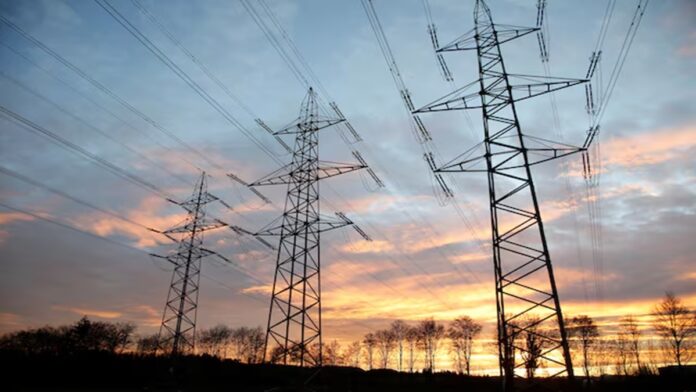The country’s power regulator, CERC, has literally shaken up the power sector after it issued an order to implement market coupling from January 2026. According to the CERC order, it plans to initiate market coupling in the Day-ahead Market by February 2026. While the IEX share price has seen topsy-turvy moves as a result, it is important to understand what market coupling is.
Understanding market coupling
As per CERC, the ‘market coupling’ is a concept that can be used to improve the efficiency and integration of multiple interconnected markets in the electricity sector. Achieving price convergence and uniform pricing is one of the primary objectives of the concept. Through market coupling, power exchanges can look to achieve price convergence between multiple markets.
While it is possible that prices for electricity may differ from region to region, with market coupling, there is a better chance to align the rates across regions and also cut down disparities between regions.
As a result, coupling also helps in bringing about overall efficiency of the energy market. This could potentially enable higher utilisation and reduce energy loss. Liquidity is another key factor to watch out for as a direct impact ‘market coupling’. It can help enhance market liquidity by allowing participants to trade electricity across borders. This also helps boost the number of participants and the overall trading volumes in the power market.
ALSO READIs the worst yet to come for IEX shares? Market coupling to hit margins—Key support levels to watch Market coupling: Pilot study validates gains across DAM and RTM segments
The Central Electricity Regulatory Commission submitted data from a pilot study that Grid-India had conducted on its behest. The Commission had directed Grid-India to share operational experience of running a shadow pilot in the form of a monthly report for four months.
The observation of the pilot study indicated that –
In case of DAM coupling
-The overall welfare increases by 0.3%, overall volume cleared increases by 0.2%
-The negligible impact on price, due to skewed liquidity, and welfare increases in every session in line with the objective of coupling.
In case of RTM coupling
–The overall welfare increases by 0.01%, overall volume cleared increases by 0.01%
-The negligible impact on price,
» Read More


